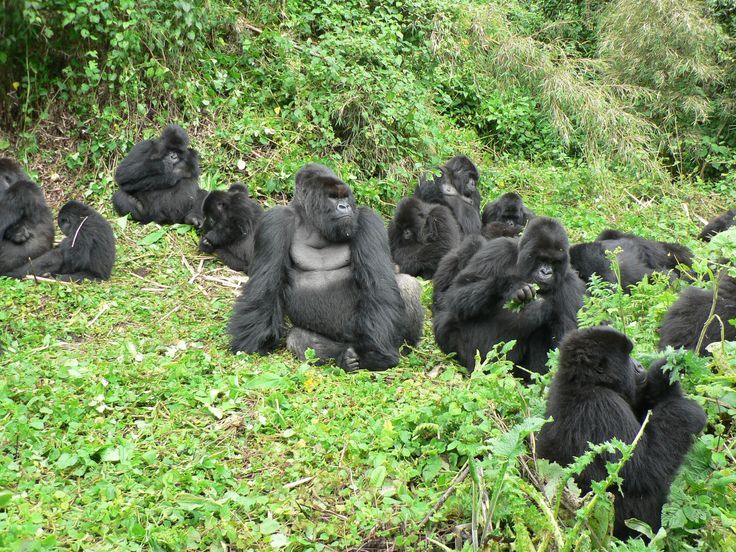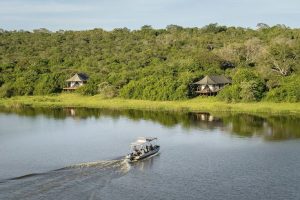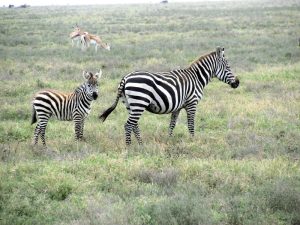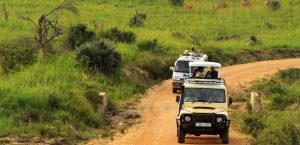First time gorilla trekking safari
it is commonly done with in Bwindi national park and from different sectors that is Buhoma, Nkuringo, Rushaga, Ruhija with different habituated family groups, that are very friendly to humans that are willing and fit to spend 1 hour with in the forest of any given family, First time gorilla trekking safari can be so challenging but still very satisfactory and memorable for doing it, this activity started began officially in 1993 with the opening of Mubare family for tracking in Bwindi national park and this marked the start of tourism in Uganda
How fit does one need to be for the activity?
Gorilla trekking starts very early in the morning and you have to meet at the park headquarters for the briefing, for the expectations for example first time gorilla trekking safari bearing in mind that gorillas are wild and sometimes you have to follow the directions given to you by your guide, in order not to reach where the gorillas slept in time to spend memorable and satisfactory time with them, considerations should include walking steps, footwear, healthy conditions, walking distance, foot health because it’s always a long way to go depending where gorillas slept, one should consider using a flat shoe and should stay behind incase he or she might be suffering foot pain.
What do you need to know when planning to go gorilla trekking?
Before
- You must follow the instructions given by the guide
- Stay 7 meters away from gorillas. Remember, they are wild
- Avoid making noise while in the forest
- Avoid using flashlights while taking pictures of gorillas
- Stay still when a gorilla is passing by
- Do not touch the gorillas
- In case of a short call, ask a guide for assistance to dig a hole for you, and then cover it
- Always wear a mask
- Remember to ask questions to your guides for more understanding
- Remember to carry packed food
- Do not forget your rain gear because it rains most of the time in the forest
- Do not make eye contact with the silverback.
After
- Maintain a low voice for at least 200 metres to minimize disturbance to the gorillas
- Dispose of waste responsibly
- Do not give gorillas any food items
- Follow the guide’s instructions.
When is the best time to go for gorilla trekking?
In Rwanda if you plan to go for gorilla trekking in peak season you can go in a large group, I strongly recommend one to book six months or even a year in advance .peak season are June, October new year and Christmas the earlier you book the more choice you have on where to stay and where you track .last minute bookings maybe possible during the low season or with smaller groups.
Gorillas can be tracked throughout the year; however, rainfall is always heavier during November, April/May, and during those times, it can be very muddy and slippery, and the most important thing is that permits are easier to obtain
The cost of a gorilla trekking permit
In Uganda
International visitors $800
Foreign residents $700
East African citizens UGX 750000
In Rwanda
Foreigner $1500
Foreign resident in Rwanda $500
Rwandan citizen $200
East African citizen $200
African citizen /African resident $500
Is gorilla trekking easier in Uganda or Rwanda?
Gorilla trekking is considered easier in Rwanda, more than in Uganda. Due to terrain and vegetation, Volcanoes National Park has more open terrains and open trails, making it easier to trek. In Uganda, treks are generally considered difficult to In Bwindi National Park, it is easier in Rwanda than in Uganda.
How difficult is gorilla trekking?
Trekking in Bwindi Impenetrable National Park involves navigating through the dense Bwindi Impenetrable Forest. This is a challenging adventure and requires a moderate level of fitness for you to have a complete trek with mountain gorillas in Bwindi.
The best time to see mountain gorillas
February is a good time for gorilla trekking and is one of the driest months of the year. Ordinarily, hiking in the dense forests can be wet, muddy, humid, and occasionally uncomfortable, but the dry days of February make for optimal trekking conditions. Plus, with reduced rainfall and decreased vegetation, spotting game is easier than ever. Expect clear skies, sunshine, and average temps of 29ºC in Kampala and 25ºC in Bwindi Impenetrable Forest.
Who is the leader of a gorilla family?
Silverback is the head of a gorilla family, which doesn’t allow any other male gorilla to come close to take over its female gorillas from other groups.
Importance of mountain gorillas within the country
- Ecotourism – socially and environmentally responsible tourist visits, including carefully guided trips to see gorillas, can also be an important source of income for local people living near wild gorillas
- Mountain gorillas are a keystone species, meaning they play a critical role in maintaining the balance of their ecosystem. As herbivores, they help to regulate the growth of vegetation and disperse seeds, which is essential for maintaining the health of the forest. They also serve as a flagship species for conservation, as their unique and charismatic nature draws attention to the importance of protecting their habitat and the region’s biodiversity.
- Conservation efforts for mountain gorillas have also positively impacted local communities, providing them with income and employment opportunities through ecotourism. This has helped to reduce the pressure on the gorillas and their habitat from other forms of land use.
Facts about mountain gorillas
- They are 99%vegeterians
- They live in groups
- They produce and take care of their young ones like humans
- They breastfeed their young ones
- The dominant male gorilla fights for his female gorillas
Means of communication between mountain gorillas
- The male and female gorillas make different sounds, which may help determine which is which.
Gorillas typically do not have a mating call. Mating normally involves a female of the family approaching the dominant silverback. - The female will then look down at the male until he relents, and mating happens.
The dominant silverback may initiate mating by stroking or grunting at the female, and if she refuses, he may slap and attack her.
In conclusion, Other indicators include beating of chest, roaring, or charging when angry, so always pay attention to your ranger guide.




